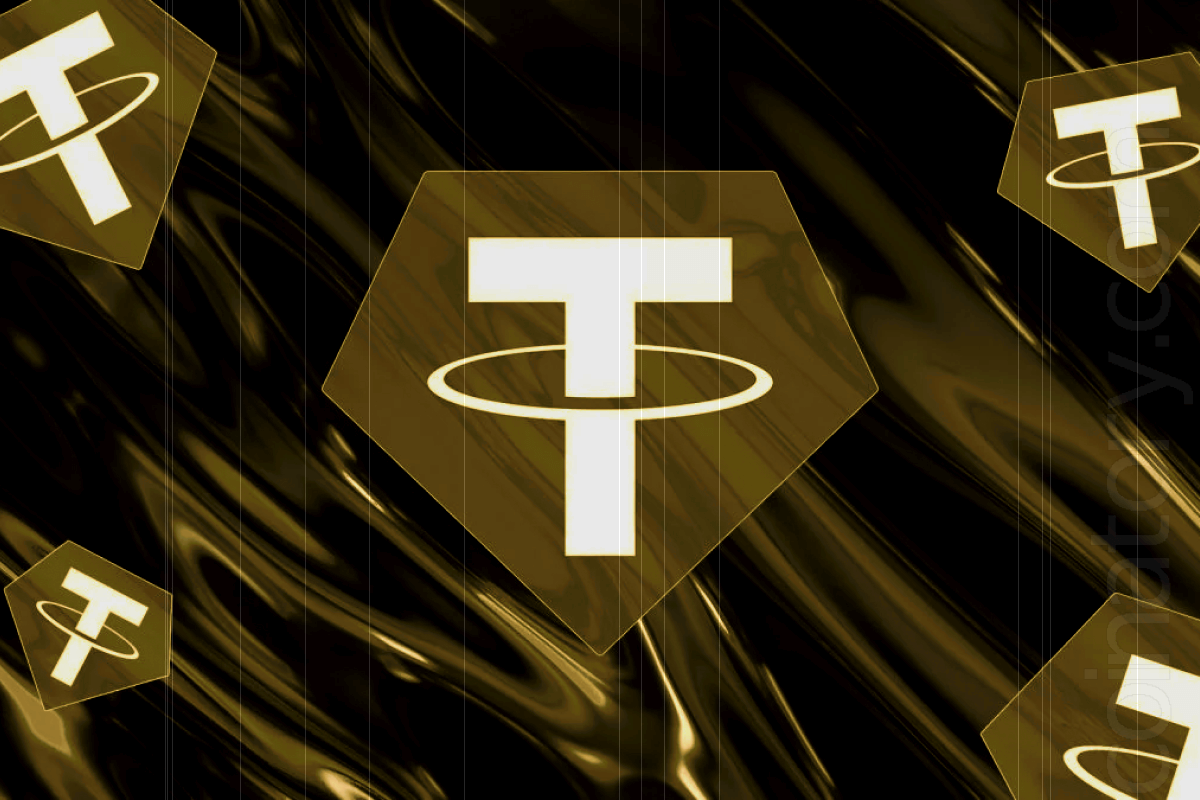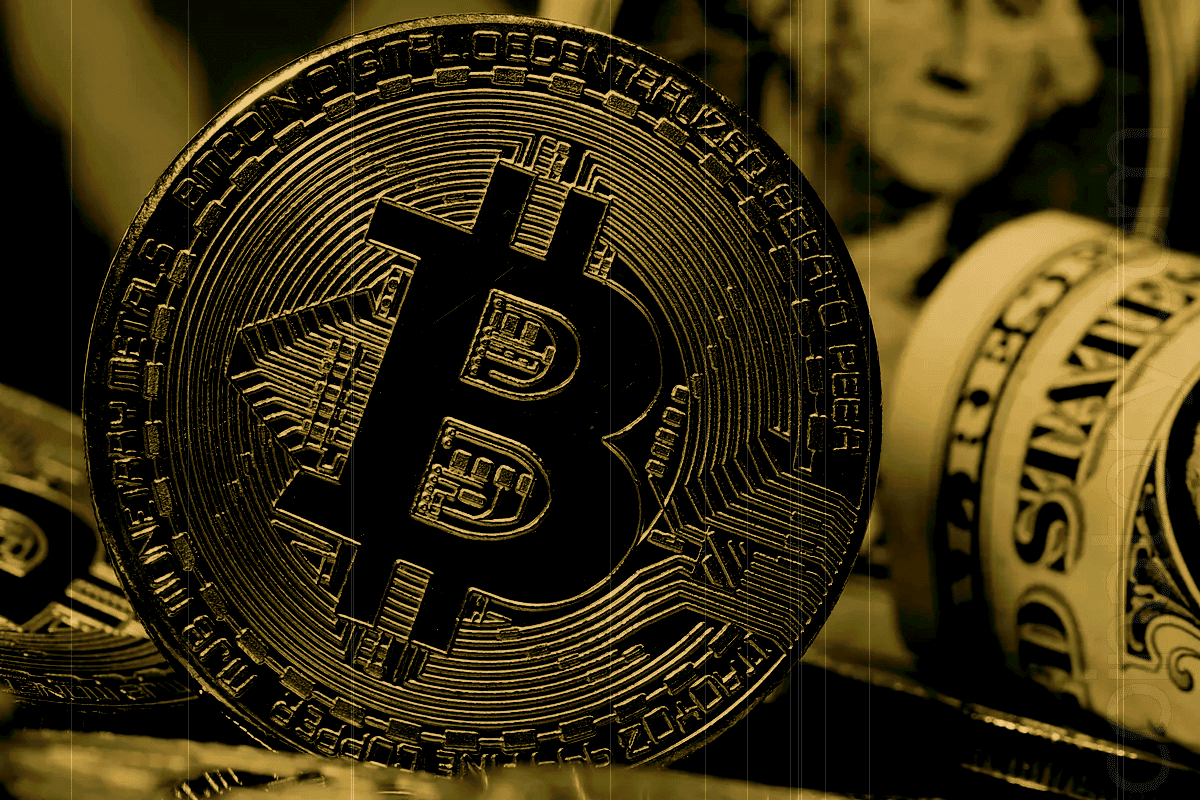
The issuer of the most popular stablecoin in the world, Tether Holdings Ltd., has revealed an operating profit of more than $1 billion for the first quarter of 2025, demonstrating its dominance in the ecosystem of digital assets. Additionally, the business announced that its USDT token has $5.6 billion in surplus reserves, down from $7.1 billion in the previous quarter.
Tether stated in its Q1 2025 financial report that it has about $98.5 billion in direct U.S. Treasury bills and $23 billion in cash-equivalent assets through repurchase agreements and other comparable instruments. It now has close to $120 billion in overall exposure to U.S. government securities and equivalents.
With its supply growing by $7 billion during the first quarter, Tether’s stablecoin, USDT, currently has a circulating market capitalization of about $149 billion. The number of user wallets holding USDT increased by 46 million, according to the business, indicating a growing trend among institutional and retail users.
“Our excess reserves continue to provide us with the capital strength to support innovation across multiple sectors,” Tether stated. These reserves have strategically invested almost $2 billion in projects related to digital infrastructure, decentralized communications, artificial intelligence, and renewable energy.
The dollar-pegged stablecoin industry is still highly concentrated as of early 2025, with Circle’s USDC and Tether’s USDT holding a combined 87% global market share. As a result of expanding institutional demand and stablecoins’ increasing integration into financial institutions, U.S. Treasury analysts predict that by 2028, the total market value of U.S. dollar-backed stablecoins might surpass $2 trillion.
However, regulatory concerns have been raised in Europe due to the increasing dominance of tokens connected to the dollar. Recently, the Bank of Italy issued a warning that an over-reliance on stablecoins denominated in dollars may create systemic vulnerabilities, especially if the underlying asset markets—such as U.S. Treasurys—experience upheavals.







